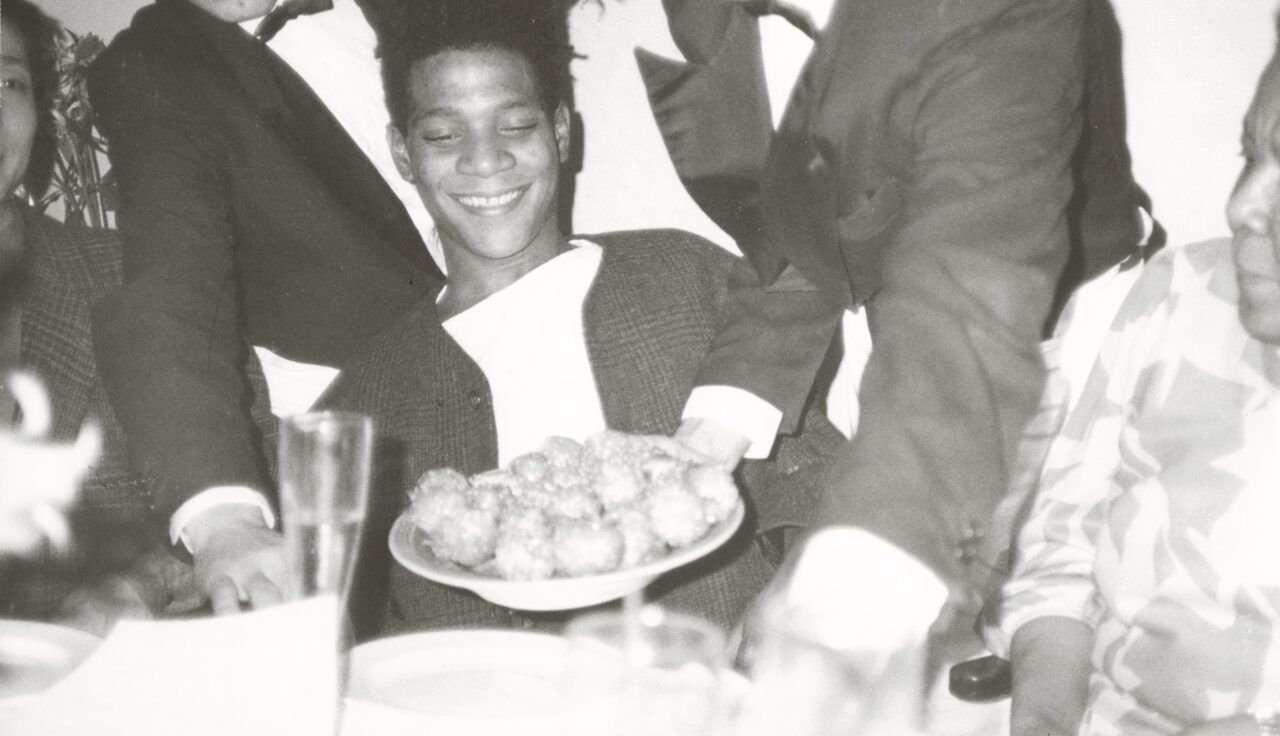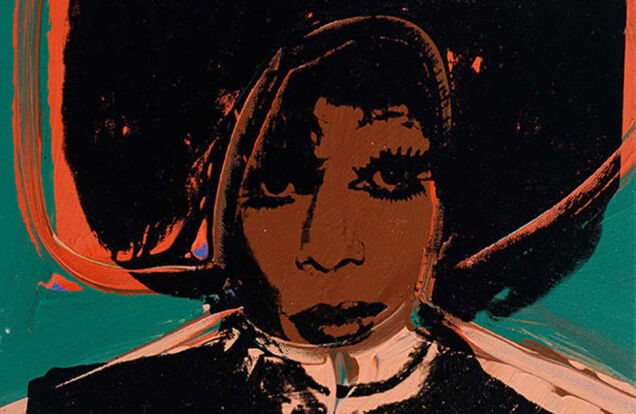WARHOL POLAROIDS
Inspired By Photo Booths, Ultimately Recreating Culture


Monumental in his revolutionization of contemporary art, tenacious in his gaping hunger for fame, and solitary in his emphatically singular impact on 21st-century culture, even now, Andy Warhol remains invariably relevant. More than three decades after his passing, the world and the great city of New York continue to celebrate his expansive oeuvre. Currently on view at Fotografiska New York, Andy Warhol: Photo Factory offers a private perspective into some of the artist’s more celebrated images along with 20 never-before-seen pieces of work.
Elements of repetition and duplicity encompass many of Warhol’s creations. Widely recognized for images arranged in various gridded or recurrent proportions, the artist garnered inspiration from the secluded interiors of photo booths. Holly Solomon, the late contemporary art collector, recalled in a 1998 interview, “We went to Broadway and 47th Street, where they had this photo booth. Andy met me there, and we had a bunch of quarters. He was very particular about which booth. We tried a whole bunch of them. After you do one pose, how many poses can you do? I got so bored that I started to really act in them.”

Similar to the intimacy and confined space of the photo booth, in 1962, Warhol created the Factory, a safe haven and studio where models readily undressed to pose nude for the sake of esteemed art. In his memoir, The Andy Warhol Diaries, he noted, “I’m having boys come and model nude for photos for the new painting I’m doing. But I shouldn’t call them nudes. It should be something more artistic. Like ‘Landscapes.’ Landscapes.”
Andy Warhol followed no single set of rules and his mediums surpassed the craft of photography to include videography, painting, screen printing, and others. In exaltation to some of Warhol’s gods — consumerism, celebrities, and pop culture — the work displayed within Photo Factory observes sometimes bizarre and always remarkable subjects. Warhol photographed the rich and famous, fellow artists, drag queens, and himself, framing each figure in an air of vivid glamour and ferocity. Most notably, he practiced distinct nonalignment with the standard conventions of culture. Rather, he recreated the state of culture, which even still endures the test of time.
The exhibition is on view at Fotografiska New York until January 30, 2022. To learn more, visit here.





